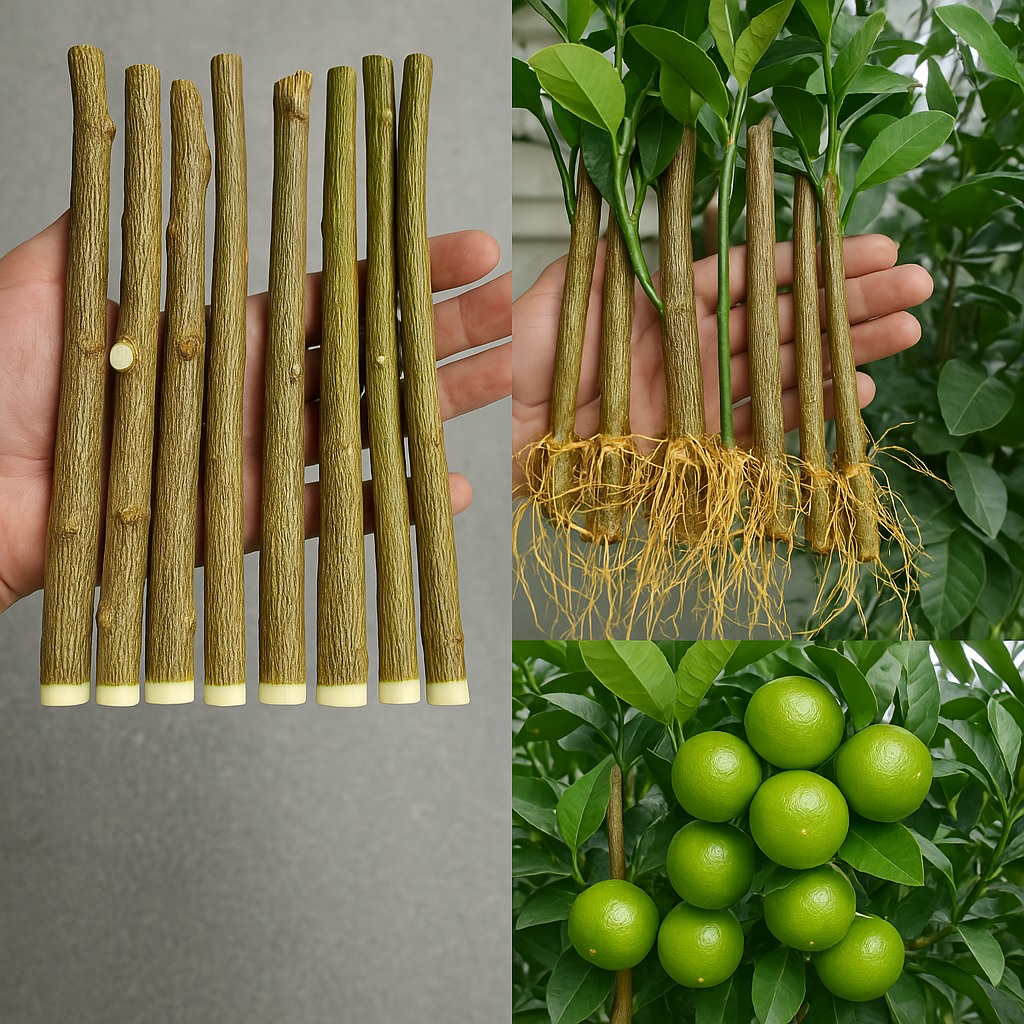ADVERTISEMENT
## **The Science Behind Rooting with Toilet Paper**
Now, you might be wondering how toilet paper plays a role in the rooting process. The key to growing a healthy lemon tree from a cutting is **rooting**—the process by which the cutting develops roots that will anchor it into the soil. When rooting a cutting, the most important factors are moisture, warmth, and air circulation. The **toilet paper method** combines these elements in a way that is effective for propagating lemon tree cuttings.
Here’s how it works:
– **Moisture Retention**: Toilet paper is highly absorbent, meaning it can retain moisture around the cutting. This ensures that the cutting doesn’t dry out during the rooting process, which is crucial for successful propagation.
– **Air Circulation**: Toilet paper is porous, which allows for a balance between moisture retention and air circulation. The cutting needs oxygen to root properly, and toilet paper provides just the right balance.
– **Sterility**: Toilet paper is a clean, sterile material that won’t introduce harmful pathogens to the cutting, which is especially important when working with a living plant.
By using this simple, cost-effective method, you can create the ideal environment for a lemon tree cutting to root and grow.
—
## **How to Grow a Lemon Tree from a Branch with Toilet Paper**
Now, let’s walk through the step-by-step process of growing a lemon tree from a branch using the toilet paper method. All you need are a few basic supplies, a little patience, and a green thumb.
### **Materials Needed**:
– A healthy **lemon tree branch** (cutting)
– **Toilet paper** (2-3 sheets)
– A small bowl or container of water
– A clear plastic bag or plastic wrap (optional)
– A small, clean pot with drainage holes (for transplanting)
– Rooting hormone (optional, but recommended)
– A sharp knife or pruning shears
– A small rubber band (optional)
**Step 1: Select a Healthy Branch**
To start, you’ll need a healthy cutting from an existing lemon tree. The best time to take a cutting is during the tree’s active growing season, typically in late spring or early summer. Choose a **semi-hardwood** cutting, which is a branch that has started to mature but is still flexible. A cutting that is too soft or too old may not root properly.
For Complete Cooking STEPS Please Head On Over To Next Page Or Open button (>) and don’t forget to SHARE with your Facebook friends
